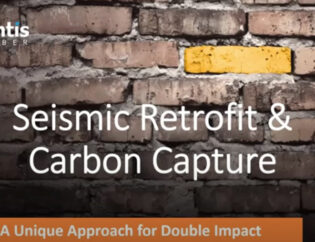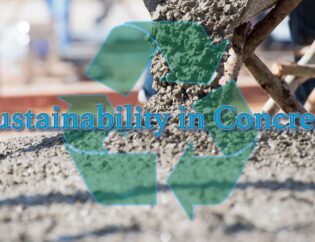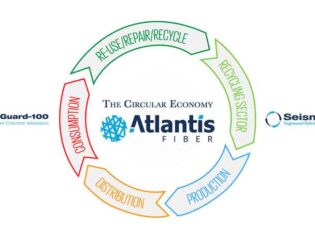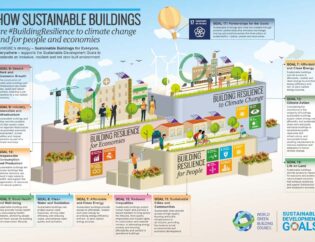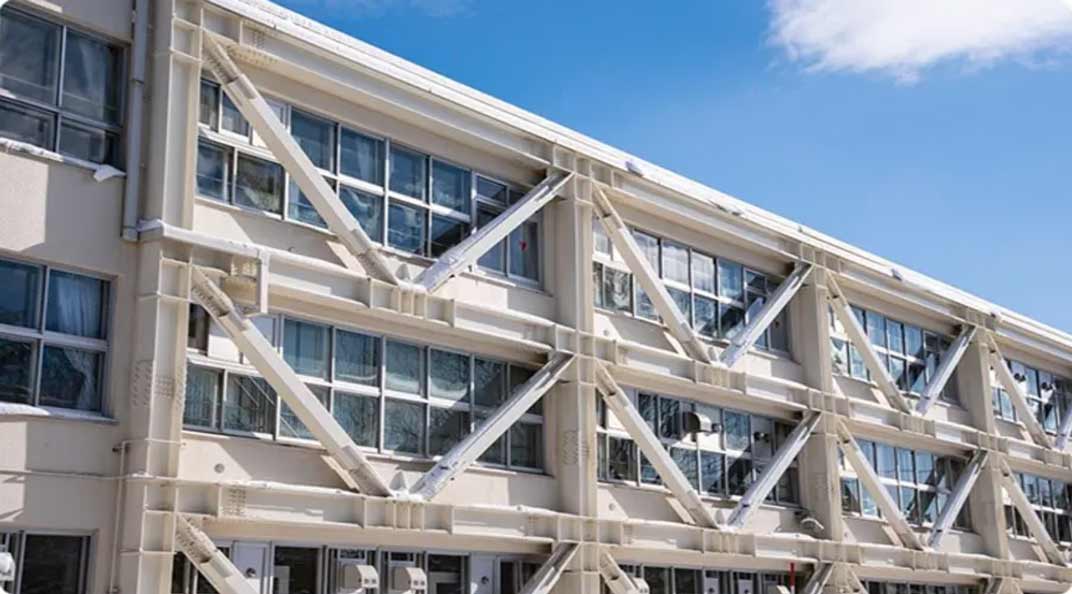
 Building retrofit and energy efficiency are playing a big role in the construction roadmap in 2021 and beyond and with climate change rearing its demonic head, this is a worldwide high priority topic.
Building retrofit and energy efficiency are playing a big role in the construction roadmap in 2021 and beyond and with climate change rearing its demonic head, this is a worldwide high priority topic.
Worldwide governments’ commitment to create and improve building thermal resilience and efficiencies is an extension of Canada’s roadmap. Canada has committed to reducing methane emissions from its oil and gas sector by 40-45% below 2012 levels by 2025. Further, Canada’s noteworthy 30.6 megatonnes of carbon reduction by the year 2050 is in a report by the City Planning Division in the City of Toronto, and the GHG emissions reductions can be achieved using the proposed framework make a powerful tool in the City’s progress towards its climate change targets.
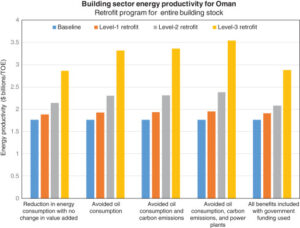
A National (and International) Movement
The City of Toronto is not alone in its efforts to reduce building emissions, several other cities and municipalities have also committed to reducing their emissions by 80% below 1990 levels by 2050, and have begun to explore similar ways of reducing greenhouse gases from their building stock.
Among these, the City of Vancouver is a notable leader in the recent implementation of its Zero Emissions Buildings Plan. In Vancouver, nearly 60% of our carbon pollution comes from buildings. As such, this plan includes a “green home retrofit plan” which is designed to retrofit existing homes to reduce emissions to zero before 2050. The “Passive House” is a high-performance building standard that meets Passive House and Net Zero Energy certified standards. This will also make zero-emission buildings eligible for a 5% increase in floor space.
Adding to the mix, highrise apartment buildings and multi-family buildings can qualify energy resources and programs — depending on their size — and could make your building eligible for a range of utility programs, incentives and rebates.
Building Retrofit and New Construction In Canada
Vancouver’s plan to transition to zero emissions buildings in all new construction by 2030 is achievable with a multitude of new and innovative building products that are recycled and technology-heavy.
That said, the building retrofit plan is a huge part of the overall strategy, too. Starting with the green home retrofit plan, Vancouver
Additionally, the Canada Green Building Council released its Zero Carbon Building Framework in 2016 and is in the process of creating an associated Zero Carbon certification program.
So, Where Does AtlantisFiber™ Fit In?
Building retrofit is an enormous industry and with new standards set by the International Standards Organizations (ISO), the requirements for seismic assessment are now written into ISO 16711:2021. This new standard provides requirements for seismic assessment and retrofit of concrete structures and can be used to reduce the risk of seismic damage by structural collapse or turnover during a seismic event.
Typically, retrofitting involves the implementation of modifications to existing buildings that improve their energy efficiency or reduce their energy demand. Retrofits that try and improve energy efficiency, benefit the building in multiple ways, including lower operational costs and higher redundancy for failure.


